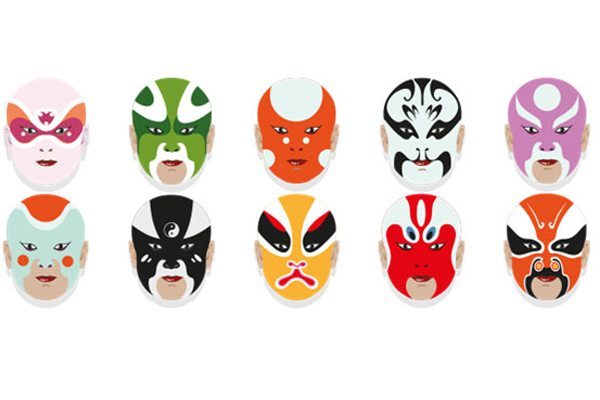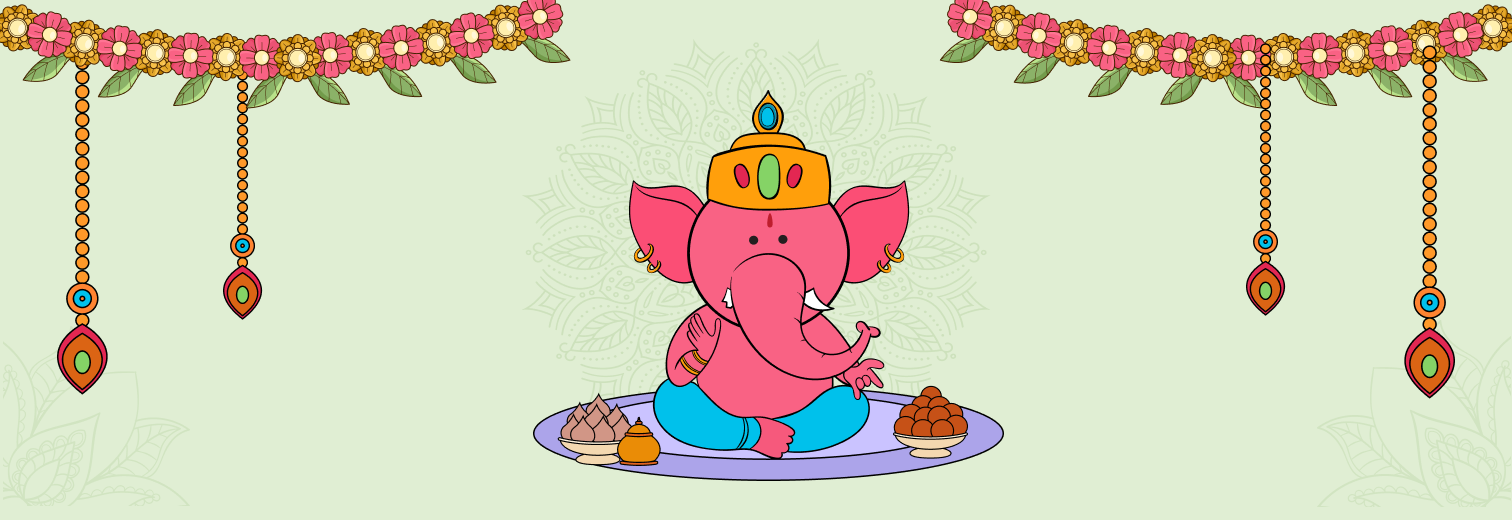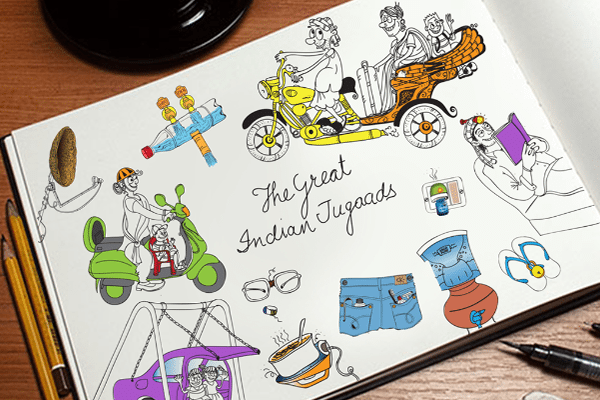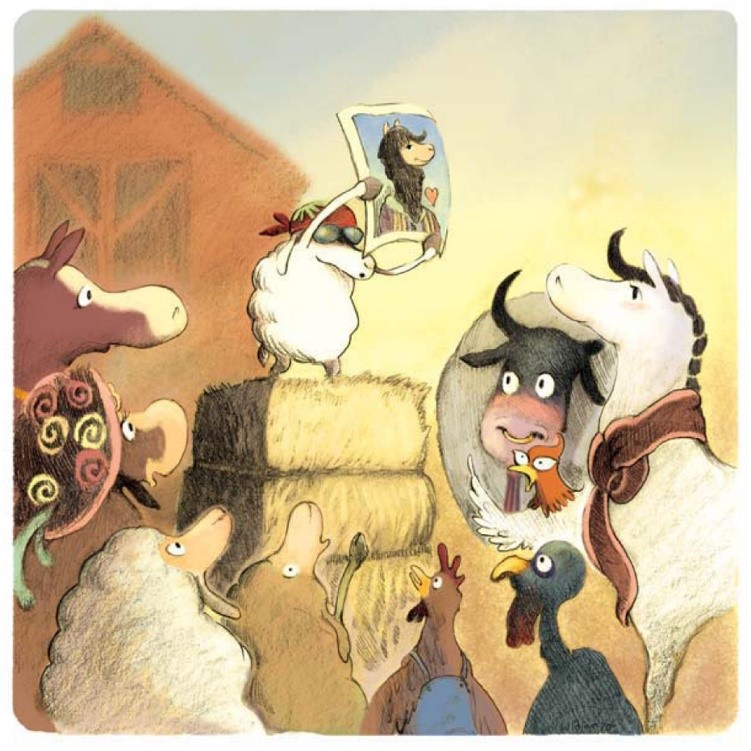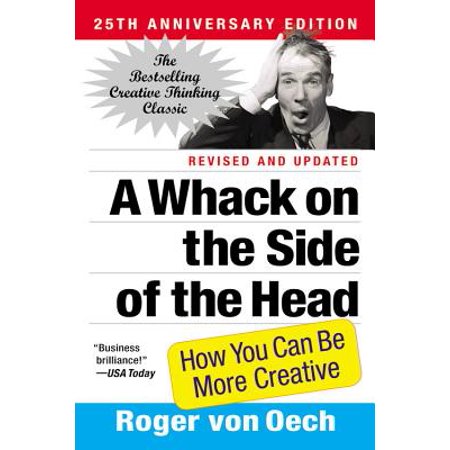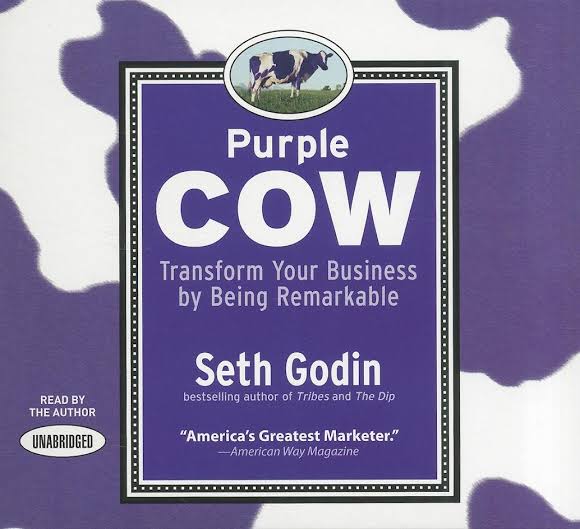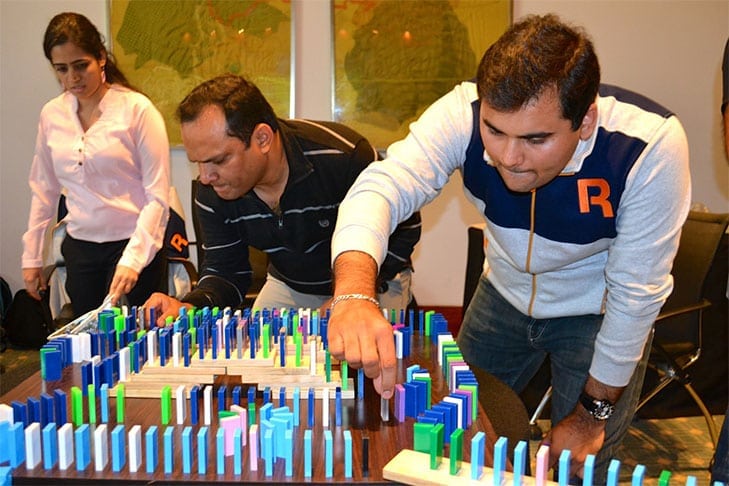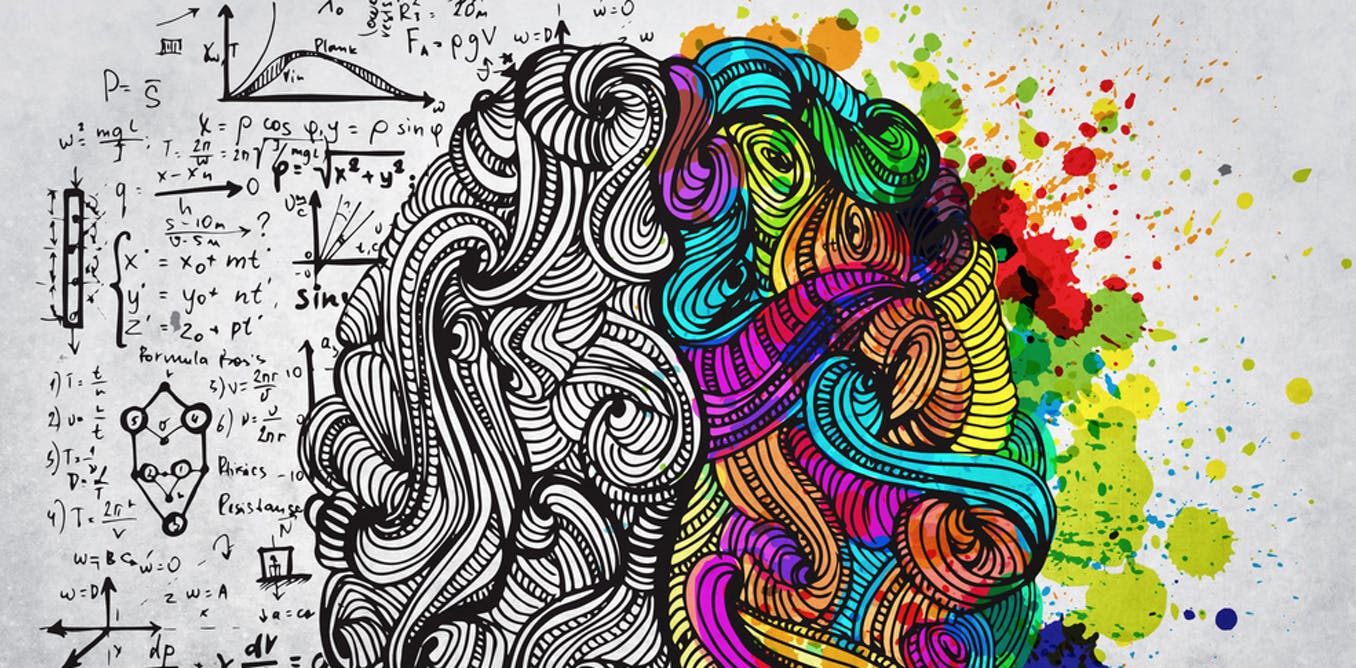 “Innovation” sometimes comes across as a fuzzy word. In 2005, Tom Kelley published The Ten Faces of Innovation, a book about the individuals and teams that fuel innovation. The innovation personas described in the book, bring their own unique tools, skills and point of views while approaching a problem. Because they are distinct, they complement. How many of these personas do you have in your team? Read on to discover…..
“Innovation” sometimes comes across as a fuzzy word. In 2005, Tom Kelley published The Ten Faces of Innovation, a book about the individuals and teams that fuel innovation. The innovation personas described in the book, bring their own unique tools, skills and point of views while approaching a problem. Because they are distinct, they complement. How many of these personas do you have in your team? Read on to discover…..
THE ANTHROPOLOGIST

THE EXPERIMENTER

Experimenters, “fail often to succeed sooner”. Successful entrepreneurs intuitively know that trying a half-baked idea with users refines the idea to something truly usable. The point is to try out many things on a small scale and to focus energy on the few ideas that have potential to make an impact. Google is a company known for innovation. Very few though would have heard of their products like Google wave, Google Searchwiki, Google answers, Google print ads, have you? Unlikely, because these have been the many failures of Google, in their quest to quickly experiment and “fail soon”!
THE CROSS-POLLINATOR

For Example: It was cross pollinator, a Swiss engineer named George de Mestral who invented the hook and loop fastener – Velcro. The idea came to him by having a close look at the burrs (seeds) of burdock that kept sticking to his clothes and his dog’s furs. He observed it had the hooks that caught on anything with a loop, such as clothing, animal fur, or hair and that gave a birth to Velcro.
THE HURDLER

Hurdlers know how to turn an adversity into an opportunity; they can turn an organization’s greatest challenge into its greatest success. One such example is a story of Myra Goodman who lived on a small farm in Caramel valley. She used to sell baby lettuce to Caramel’s popular Rio Grill and then one day the new head chef at the Rio Grill stopped buying the baby lettuce and the Goodmans unexpectedly lost their only customer. So what did these hurdlers do? They were surprised at how long the organic lettuce stayed fresh when properly sealed, so they packaged the lettuce into little box and shipped them to Manhattan. Now they own a 1.5 billion dollar industry and the most recognized organic produce brand.
THE COLLABORATOR

The story of one such Collaborator is of Sir Edmund Hillary who after failing once in his attempt to climb the Mount Everest soon realized that he couldn’t do it alone. So he partnered with Sherpa Tenzing Norgay who helped him in his goal. Hillary always maintained, ‘We climbed Mount Everest’, without ever mentioning which of them was the first to reach the summit. That’s a quality of a true collaborator who turns the spotlight away from them and on the people around them!
THE DIRECTOR

Some qualities of successful directors being:
1. They turn the spotlight on team members and never take credit of successes.
2. They are always looking for new ways of doing things.
3. They are the challengers.
4. They aim high and make others believe in their vision.
THE EXPERIENCE ARCHITECT

They don’t settle for ordinary and stay away from the commodity world where price is the only point of comparison.
A fascinating example of creating unmatchable experience for the customers is the Café Florian in Venice, Italy – One of the oldest cafes in all of Europe where people are willing to pay high prices for a cup of coffee and to experience the elegant décor and beautiful sight with soothing music. Closer home, a cup of coffee at barista costs 10 times as much as the neighbourhood chaiwalla, because of the experience that comes with it.
THE SET DESIGNER

Set designers believe that putting people in great work environments, encourages them to stay around a little longer or put in that little extra effort. A classic example of one such company where set designers have given a big boost to creativity and Innovation is Pixar.
THE CAREGIVER

A classic example is Southwest Airlines popularly known for their personalized service to customers. In their words, “We like to think ourselves as a customer service company that happens to fly airplanes”.
THE STORY TELLER

Take for example, the story of Tokyo’s faithful dog Hachiko, who dutifully walked with his master everyday to the train station, watching him leave for work and then waited at the station for him to return from work. One day the owner died suddenly, without returning home. Hachiko continued to wait for him, returning everyday for ten years before passing away in the same spot that he had last seen his master. That station entrance is now named as ‘Hachiko Entrance’. Incredible Isn’t? This small story, though reminds the Japanese people about value of honor, duty and faithfulness.
Hence, why storytelling is important in the process of Innovation is that:
1. Storytelling builds credibility
2. Storytelling unleashes powerful emotions and helps teams bond.
3. Storytelling helps make order out of chaos
4. Stories give “permission” to explore controversial or uncomfortable topics
When we conduct our Innovation workshops, participants almost always see themselves being comfortable in more than one of these personas – and that is the way it should be. But the insights also come when they realize that there are certain personas that are completely absent in their teams.
Does your team have all the ten faces of Innovation?
Think about it!
